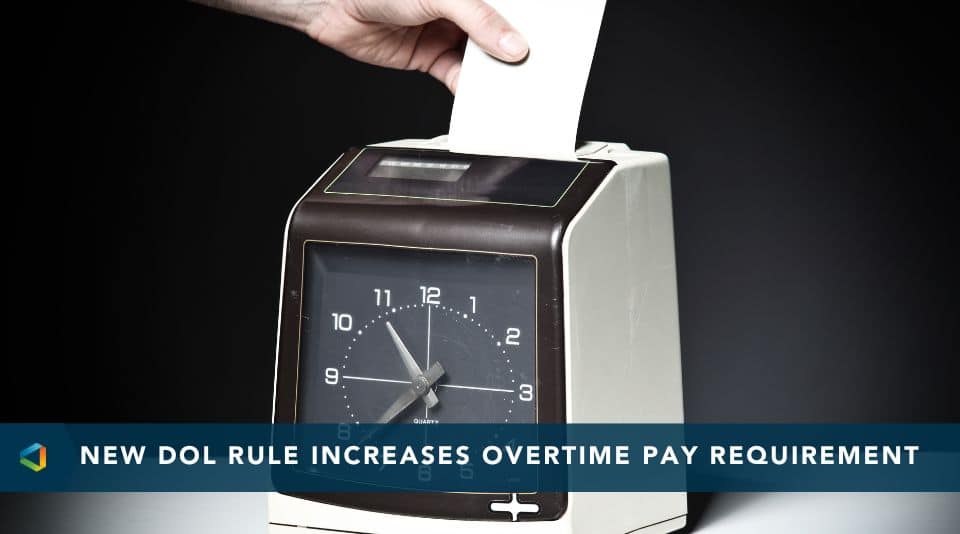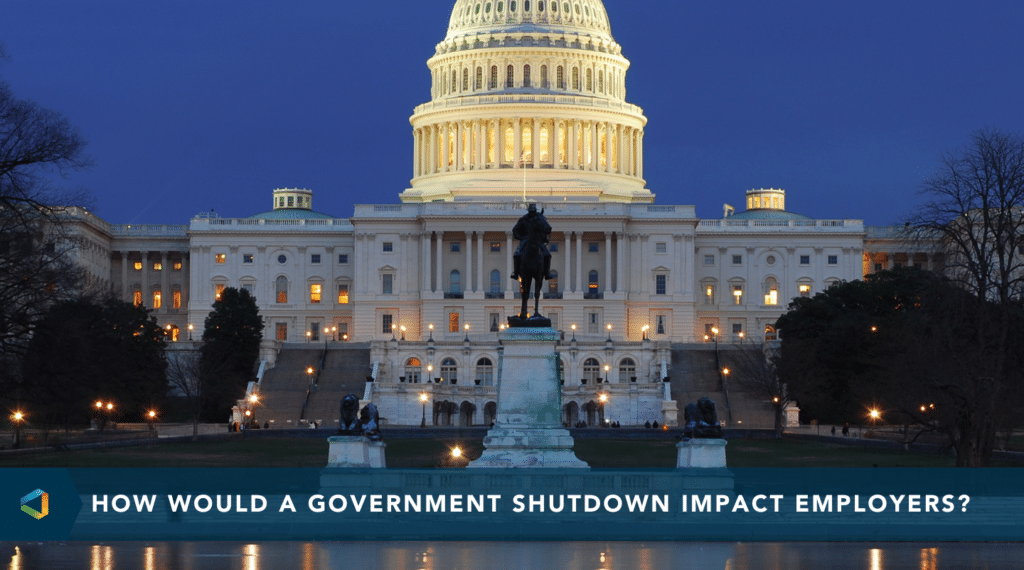Compliance Confidence
Department of Labor Evaluating Proposed Overtime Exempt Pay Increases
Department of Labor Evaluating Proposed Overtime Exempt Pay Increases
On September 8, 2023, the U.S. Department of Labor (DOL) published a proposed rule in the Federal Register that looks to increase the minimum salary thresholds for overtime exempt employees. The period of public comment on this proposal has closed, and the DOL is now in the process of reviewing submitted comments.
Applies to:
All Employers Subject to the FLSA
Effective:
TBD
Key Information:
-
• The minimum salary threshold for the administrative, executive, and professional exemptions is proposed to increase to $1,059 per week, equivalent to $55,068 per year.
• The “highly compensated employee” exemption is proposed to increase to $143,988 per year.
-
• Exempt employees in the motion picture industry who are paid a specified base rate and meet the duties test will have their base rate increased to $1,617 per week.
-
• The proposed rule would automatically update the salary threshold every three years.
• There are no proposed changes to any of the duties tests under the FLSA overtime exempt rule.
-
• Any final rule that gets implemented is not expected until 2024.
Overview of Recent Developments
On September 8, 2023, the U.S. Department of Labor (DOL) published a proposed rule in the Federal Register that looks to increase the minimum salary thresholds for overtime exempt employees. The proposal seeks to increase the current statutory threshold of $684 per week to $1,059 per week for administrative, executive, and professional exemptions. This would increase annual salary minimums from $35,568 to $55,068 for those employees to be exempt from overtime pay.
The proposed increase is based on 2022 data, and the DOL expects to issue a final rule based on more current data at the time it is issued.
Interestingly, the DOL set the measurement for determining the minimum salary threshold based on the 35th percentile of weekly earnings of full-time salaried workers in the lowest-wage Census Region (currently the South). To arrive at the proposed number, the DOL used data from 2022, but indicated it would use the most recent data available when it issues the final rule. This could result in an even higher minimum salary threshold for exempt employees. The DOL projects that the salary threshold could be $1,140 per week ($59,285 annually) by the fourth quarter of 2023, and $1,158 per week ($60,209 annually) by the first quarter of 2024.
In addition, the proposed rule seeks to raise the “highly compensated employee” exemption from the current threshold of $107,432 to $143,988 per year. Again, the proposed increase is based on 2022 data, and the DOL expects to issue a final rule based on more current data at the time it is issued. Note that not all states recognize the highly compensated employee exemption, so this change may not impact those states like California. Exempt employees in the motion picture industry who are paid a specified base rate and meet the duties test will have their base rate increased from $1,043 per week to $1,617 per week. The proposed rule would also automatically update the salary threshold every three years. There would also be salary thresholds in U.S. territories subject to the federal minimum wage, with some exceptions. Importantly, there are no proposed changes to any of the duties tests under the FLSA overtime exempt rule.
The 60-day public comment period regarding the proposed rule closed on November 7, 2023. The DOL will now review all received comments before determining whether to make any changes to the proposal. A final rule will eventually be announced, and it will go into effect within a few weeks of publication. Considering all of these steps, a final rule is not expected to be in place until 2024. Additionally, litigation challenging the rule will also likely be filed, potentially further complicating the timeline.
There will likely be litigation challenging the proposed rule, and implementation is unlikely to occur until 2024.
Assuming an increase does occur, employers should start preparing now. Determine which employees currently, or who will in 2024, earn between $35,568 and $55,068 per year. Track their weekly hours worked to assess the potential impact of overtime pay versus the cost of a salary increase to remain exempt. To do this, potential overtime pay should be calculated based on what the employee’s regular rate of pay would be, which is based on their total compensation, including things like nondiscretionary bonuses, commissions, and shift premiums. Employers should also have a plan for communicating with employees about any changes in pay as a result of the expected final rule. Keep in mind that some states, like California, New York, and Washington, already exceed the proposed federal minimum exempt salary. Other states may have additional overtime exempt rules to take into consideration.
Although we may not yet know what the final numbers will be, employers should take the steps below in order to have a plan in place when the final rule is issued:
Action Items for Employers
-
1. Review the proposed rule here.
2. Review the DOL’s FAQ on regular rate of pay here.
3. Analyze the potential cost of converting employees to either non-exempt or exempt based on the new proposed minimum thresholds. Feel free to use our calculator tool to help facilitate this process.
Our team of compliance leaders will continue to monitor the situation and share developments as they occur. If you have any questions about this news, please reach out to your OneDigital Consultant.
Getting salaries right is an important task for organizations that want to become employers of choice. Check out our blog post Salary Benchmarking Compensation the Right Way to learn more.




